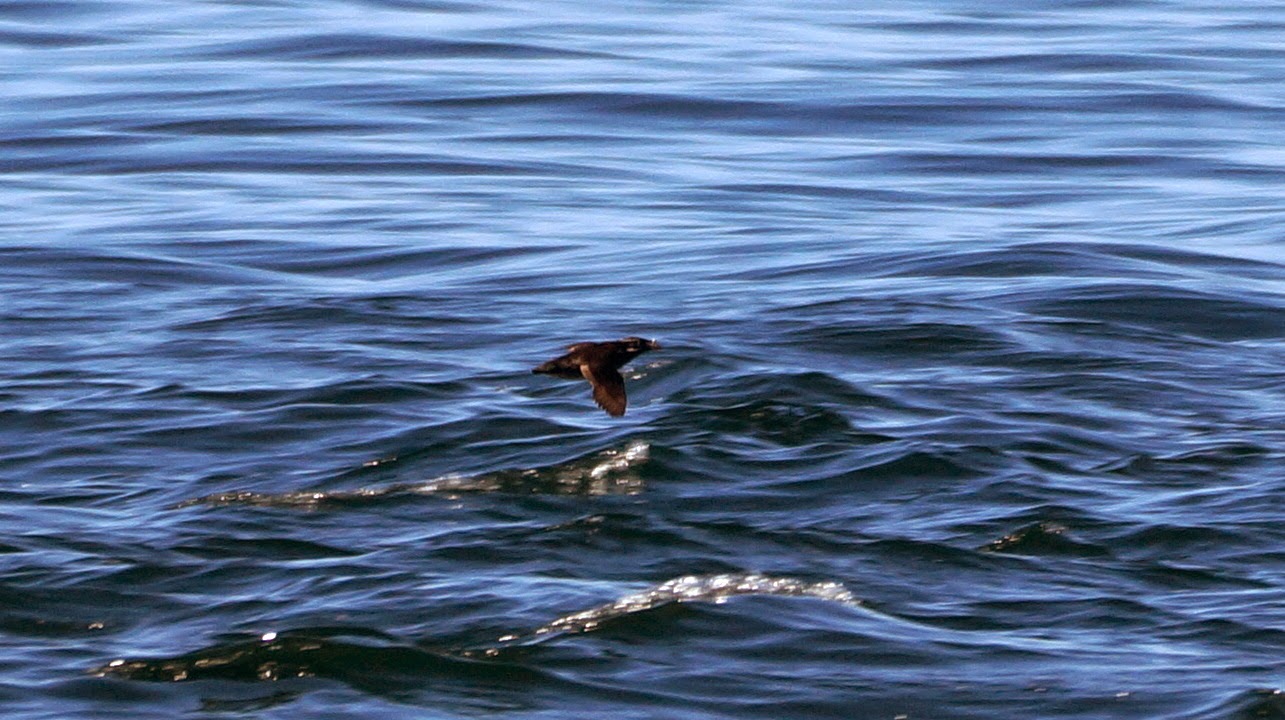Well, I am returned from my annual trip to Vancouver, once again without a photo of an American Dipper, but that was just fine, as I decided I was finally going to take the ferry over to Victoria, BC,(actually, Sidney), and look for the Sky Lark that seems to enjoy summering in the fields at the back end of the Victoria International Airport. In 2012 it showed up too late in the year for me to go after it, and last year I had already made plans to go up to Squamish and look for American Dippers, when I learned that the Sky Lark had returned. This year I was not going to miss it, so as soon as I saw on e-bird that it had returned to the airport, I made plans to arrive a day early for my work trip and chase this somewhat rare bird.
Upon disembarking from the ferry I drove straight to the e-bird coordinates of the Sky Lark and again was rewarded with a quick find. I heard the bird before I saw it, after playing its call on my iphone. The recording actually attracted Song Sparrows to the fence, but eventually the Sky Lark showed itself in flight and eventually landed near me on the other side of the fence. It was Lifer number 621, but I wasn't done yet. I headed over to Prospect Pond where a Black Swift had been reported and as I approached the lake at the end of a road, down a hill, what do you know, the swift was flying around above the lake and stayed until a Bald Eagle landed in a tree close by. The guy fishing there told me the eagle comes every day to try and eat the fish he catches and releases. It also scares off Black Swifts.
I spent the rest of my free time in BC birding in and around Victoria and Vancouver and added 20 new species to my year list, including Pigeon Guillemot, Black Oyster Catcher, Rhinoceros Auklet, and Bullock's Oriole, of which I got my first photograph. My list for The Americas, now stands at 492 for the year.
From Florida:
Black-necked Stilt:
Eastern Towhee: |
Royal Tern:
From British Columbia:
Black Swift:
Brandt's Cormorant:
Bullock's Oriole:
Bushtit:
Heerman's Gull,(rare for Victoria,BC):
Pelagic Cormorant:
Pigeon Guillemot:
Rhinoceros Auklet:
Sky Lark:
Violet-green Swallow:
Black Oystercatcher, eating an oyster:






































